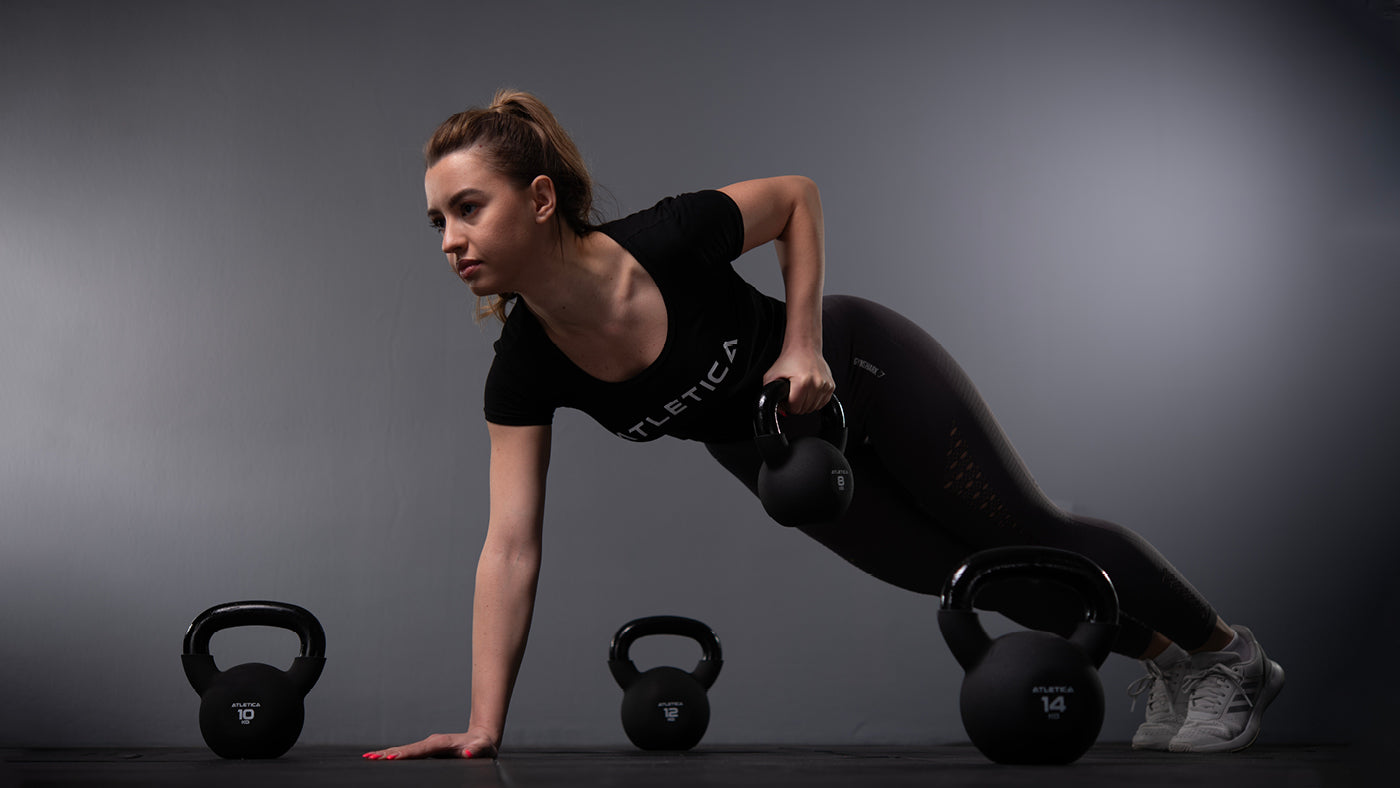Whether at the doctor's office, at the gym, or in health apps , the Body Mass Index (BMI) is one of the most well-known metrics for estimating body weight. But what does this value really mean? How is it calculated? And most importantly, what does the BMI actually tell you about your health — and what doesn't it?
In this article, you'll learn how to correctly apply the BMI formula, how to interpret your personal value, and when your BMI reaches its limits . Clear, understandable , and practical.

What is the Body Mass Index (BMI)?
The body mass index is a measure used to assess body weight in relation to height . Originally developed by the Belgian statistician Adolphe Quetelet in the 19th century, the BMI is now used worldwide to classify overweight, underweight, and normal weight.
The aim of the BMI: To create a simple, comparable indicator that helps in assessing health risks – especially with regard to cardiovascular diseases, diabetes or high blood pressure.
The BMI formula
The formula is very simple:
BMI = Body weight (kg) ÷ [Body height (m)] ²
Example :
- Weight: 75 kg
- Height : 1.80 m
- Calculation: 75 ÷ (1.80 × 1.80) = 75 ÷ 3.24 = 23.15
BMI = 23.15
This means that the person is in the range of “ normal weight “ We'll look at what that means exactly in the next section.
BMI table: What do the values mean?
|
BMI |
category |
|
under 18.5 |
underweight |
|
18.5 – 24.9 |
Normal weight |
|
25 – 29.9 |
Obesity |
|
30 – 34.9 |
Grade I obesity |
|
35 – 39.9 |
Grade II obesity |
|
over 40 |
Grade III obesity |

This classification applies to adults aged 18 and over. Different evaluation criteria apply to children, adolescents, and older people.
What is my ideal BMI?
The so-called normal weight range (18.5 to 24.9) is considered medically safe. However, within this range, your individual constitution plays a major role:
- Athletic, muscular people can be completely healthy with a BMI over 25 – because muscles are heavier than fat.
- Very slim people with little muscle mass can have too high a body fat percentage despite being of “ normal weight” (so-called TOFI: “Thin Outside, Fat Inside “ ).
Therefore, BMI is a rough guide, but not the whole picture of your fitness or health.
How reliable is the BMI?
Advantages:
- Quick and easy to calculate
- Internationally comparable
- Good basis for risk assessment in cases of severe overweight or underweight
Disadvantages:
- Does not distinguish between muscle and fat mass
- No statement on the distribution of body fat (e.g. B. stomach vs. legs)
- Ignores important factors such as age, gender or activity level
Conclusion : Useful for initial medical assessment – often inaccurate for athletes and those training.

BMI and gender – are there differences?
The formula remains the same, but the interpretation may vary:
- Men tend to have more muscle mass → higher body weight with the same body fat percentage
- Women naturally have a higher fat percentage → BMI may appear lower with the same fitness
Therefore, it is always useful to consider BMI in context – ideally combined with other measurements such as:
- Body fat percentage
- Waist circumference
- Visceral fat
- muscle mass
BMI calculator or calculate it yourself?
Online calculators are handy , but you can always calculate your BMI yourself. Here's the formula again:
BMI = Weight (kg) ÷ ( Height in m) ²
To convert your size :
- 170 cm = 1.70 m
- 185 cm = 1.85 m
- 160 cm = 1.60 m
If you change your weight (e.g. B. through muscle building or dieting ), you can easily track your progress using your BMI – but always use common sense .
Example calculations
Example 1:
- Height : 1.65 m
- Weight: 58 kg
- BMI = 58 ÷ (1.65 × 1.65) = 21.3 → Normal weight
Example 2:
- Height : 1.80 m
- Weight: 92 kg
- BMI = 92 ÷ (1.80 × 1.80) = 28.4 → Obesity
Example 3:
- Height : 1.75 m
- Weight: 110 kg
- BMI = 110 ÷ (1.75 × 1.75) = 35.9 → Grade II obesity

BMI vs. body fat percentage
BMI doesn't indicate whether your body fat percentage is healthy — and this is where the wheat separates from the chaff. Two people with the same BMI can look completely different :
- Person A : 90 kg, 15 % body fat , muscular
- Person B : 90 kg, 30 % body fat , little muscle mass
Additional measurement methods:
- Body analysis scales
- Caliper pliers (skinfold measurement)
- DXA scan (medical)
For athletes and fitness enthusiasts, body fat percentage is usually more informative than BMI.
Atletica tip: BMI is just the beginning – your training makes the difference
Your BMI can give you an initial orientation — but you define your own fitness. Whether you want to build muscle, lose fat, or simply become more flexible: At Atletica, you'll find the right equipment to change your body for good .
Our recommendation:
- Ergometer & cross trainer for weight reduction and metabolic activation
- Dumbbells , racks & power stations for muscle building and healthy body composition
- Functional tools & core equipment for body shaping and performance improvement
With the right training structure – and a plan that fits your daily routine – your BMI becomes a minor issue.

Conclusion: Calculating BMI – sensible, but with a sense of proportion
The Body Mass Index formula is simple, quick, and helpful for an initial assessment of your weight. With just two numbers, you can evaluate your current status — but not your overall health. For physically active people or goals like building muscle, the BMI alone is often too superficial .
Use your BMI as a guide – but look further: at your body composition, your energy level, your strength, and your personal well-being. Because in the end, it's not the number on paper that counts , but how you feel and what your body can do.




































































































